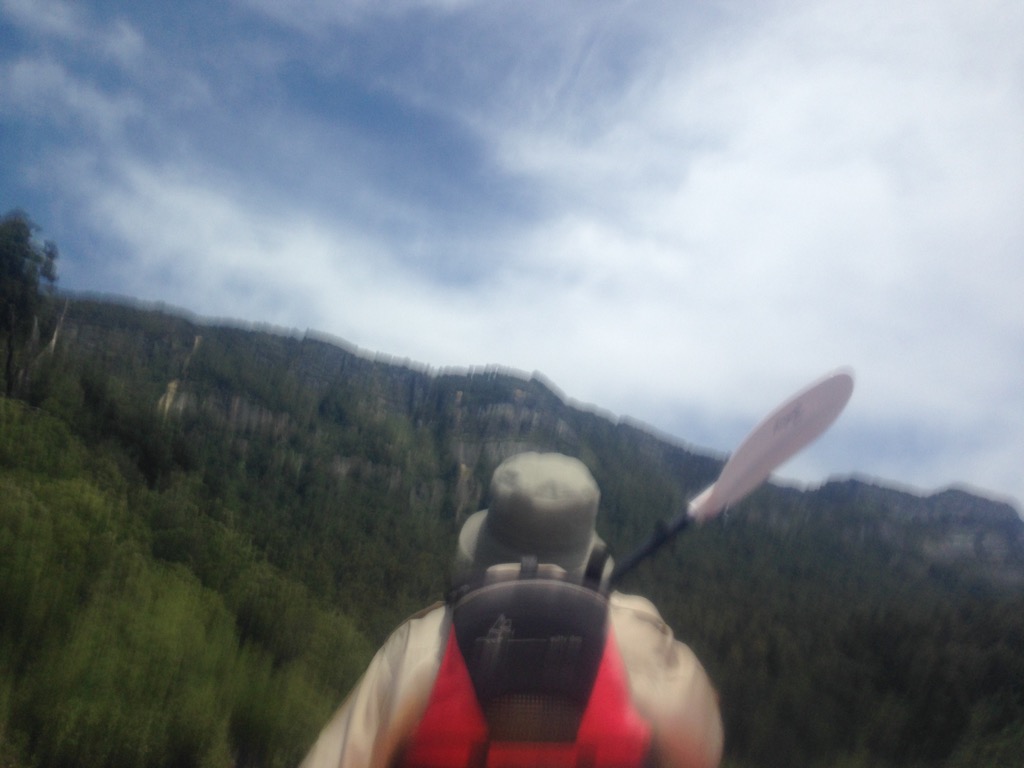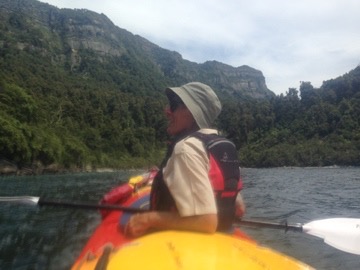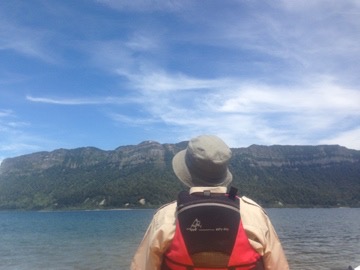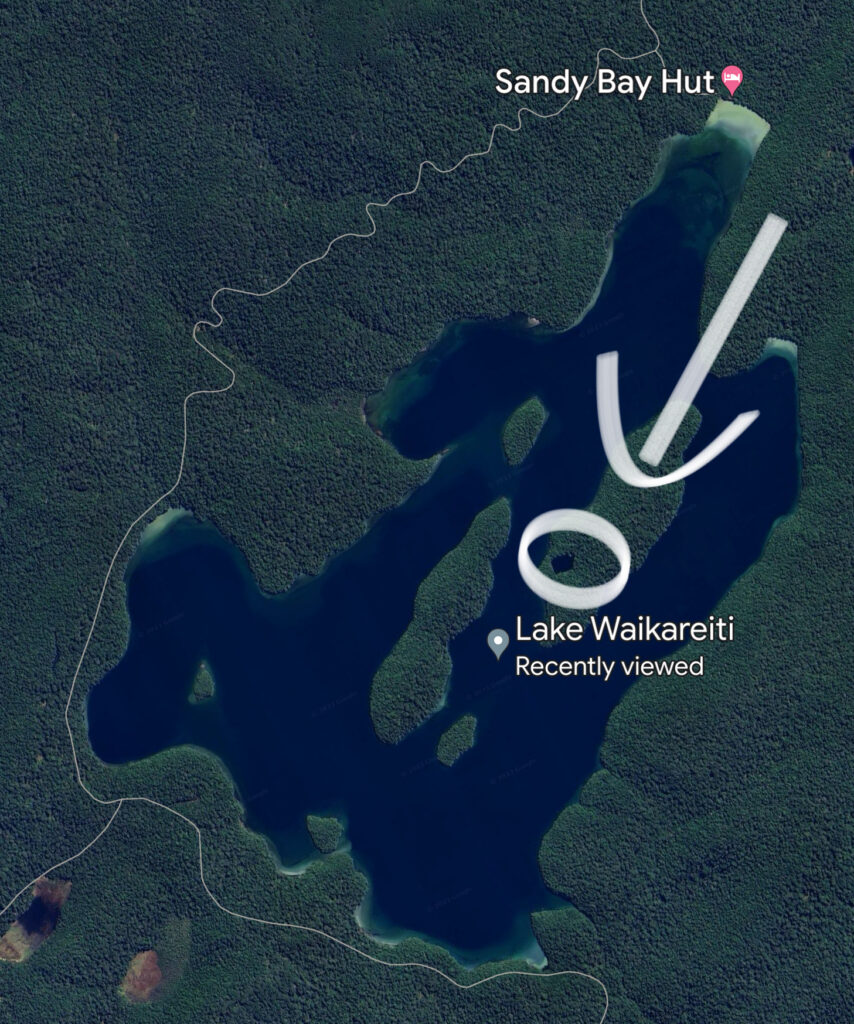New Zealand Great Walks
I’ve walked it, I’ve run it and I’ve paddled it. Lake Waikaremoana (From the Maori Waikaremoana translates as ‘sea of rippling waters’).
Lake Waikaremoana is located in Te Urewera in the North Island of New Zealand, 60 kilometres northwest of Wairoa and 80 kilometres west-southwest of Gisborne. It covers an area of 54 km². The lake lies in the heart of Tuhoe country.




There are a number of great options for the Waikaremoana region. Deep in the Te Urwera this amazing little Lake District is well worth the drive off the beaten track.
The walk up to lake is worth the time and uphill effort. We even took the time to carry a couple of kayaks up the track. This afforded us access to a lake on an island, on a lake on an island – which is pretty cool.

Nowadays it is vitally important to check with the local kaitiaki (caretakers) of the area to check on current access conditions.
The main Waikaremoana track which circumnavigates the lake is difficult to maintain as the vast majority of the track is close to lake level and highly susceptible to flooding and erosion. It is a difficult place to access – making it a difficult and expensive track to keep open.
History of the area:
Lake Waikaremoana is sacred to Ngāi Tūhoe, Ngāti Ruapani and Ngāti Kahungunu tribes. Tūhoe and Ngāti Ruapani were early settlers in the district. All three tribal groups fought battles with one another to secure access to the lake, while also forging connections through marriage and war alliances. Ngāti Kahungunu’s claim on Lake Waikaremoana is derived from marriages between the children of the eponymous ancestors Kahungunu and Ruapani.
The government purchased land around the lake in the 1920s. The lake itself was not included, but the government went on to claim possession. Ownership of the lake was contested in the courts from 1918 to 1947, when 354 Māori owners were finally awarded title to the lake. In 1971 the lake was leased in perpetuity to the Crown as a key part of Te Urewera National Park. In 2014, as part of Ngāi Tūhoe’s Treaty of Waitangi settlement, the park was disestablished and administration of the area passed to Te Urewera Board. (https://teara.govt.nz)
The lakeside huts can also be booked for watercraft users, such as this trip with my dad – he was in his 80’s and walking was a little much. We spent 4 days paddling and exploring the shorter tracks accessible from the beach.
I cant stress enough the need for up to date, accurate information if you are planning a trip to this remote and relatively untouched wilderness.
